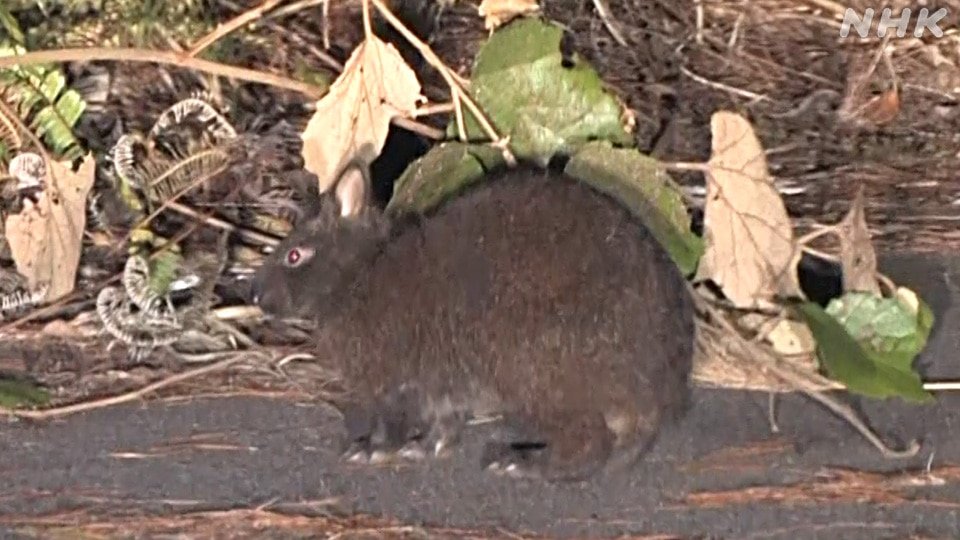Japan’s Environment Ministry has achieved a historic milestone by eradicating non-native mongooses from Amami-Oshima Island, a UNESCO Natural World Heritage site.
The Environment Ministry announced that all non-native mongooses have been eradicated from the Amami-Oshima Island. This island is a UNESCO World Heritage Site, located in Kagoshima Prefecture. Experts came up with this decision six years ago when mongooses were caught there, of which the latest capture was held in April 2018. This is an important step because it is one of the biggest efforts to remove mongooses living here for a long time.
History of Indian Mongoose evasion
In 1979, about 30 small Indian mongooses were introduced into the island to control the poisonous habu snakes and rats. They multiplied fast and numbered nearly 10,000 by 2000. They failed to keep down the snake population and actually began to hunt the local species such as the Amami rabbit.
Why was it an unparalleled achievement?
The ministry seriously attempted to reduce the number of mongooses in 2000 and has captured approximately 32,000 mongooses since. They will begin to dismantle traps on the island after making public their removal and continue to keep watch by means of cameras so new mongooses do not enter the island. The ministry also plans to draw lessons from the experience it gained in this case for future handling of mongooses as well as other non-native species around Japan, including sending experts to Okinawa which has also reported some cases.


[…] Japan’s northernmost island, is noted for having a lot of snow, especially in the winter. And in Sapporo, they chose to make […]